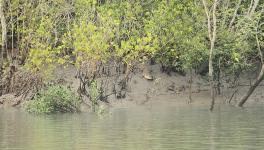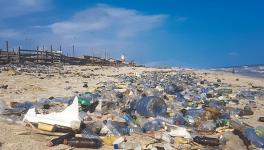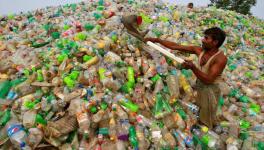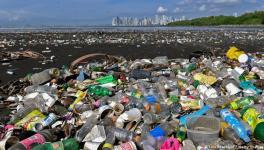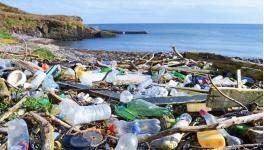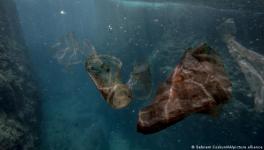Researchers Hint at Plastic Becoming Part of Geology
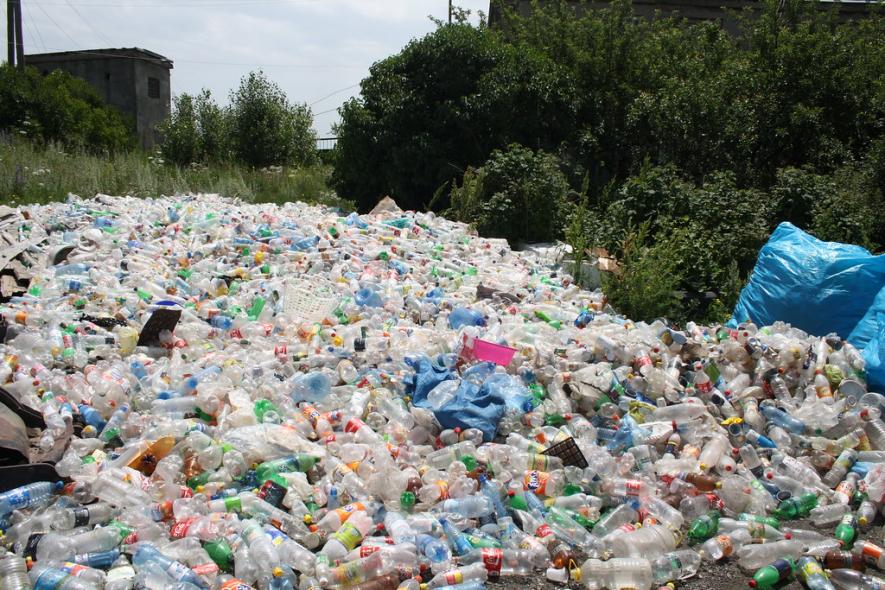
Image Courtesy: Flickr
In another way of transforming the earth’s environment by anthropogenic (man-made) factors, scientists have discovered how plastic can change the planet’s geology. Thin films of plastic can chemically bond with rocks. It means plastic waste may no longer remain as an accumulated entity separated from the soil, rocks, or the environment. It can integrate with these and become a part of the earth’s geology.
In a research paper published in the journal Environmental Science and Technology on April 3, scientists reportedly discovered the formation of a chemical bond between plastic and rocks. Deyi Hou, the corresponding author of the research article and from the School of Environment, Tsinghua University, Beijing, China, in a comment to a Nature article about the research by Katherine Bourzac, said, “ People in the 21st century are creating new geological records.”
Hou said that their research is the first to report on chemical bonds between plastics and rocks. “The source of the plastic is the rubbish that accumulated in and around the creek, including polypropylene films — like those used to make plastic bags — and polyethylene films — like those used by farmers to cover crops,” Hou said in Bourzac’s article. The findings of Hou’s team were from a creek in Hechi city, China.
The researchers used spectroscopic instruments to look deeper into the plastic and rocks when they found carbon atoms at the surface of the polyethylene films bonded chemically with the silicon atoms in the rock helped by oxygen atoms in the air. The researchers argued that the chemical bond formation might be augmented by UV light from the sun or by the metabolic activity of some microbes present in the rocks. Generally, it is observed that plastics are glued to rocks or soil by physical forces, but this is the first time scientists have deciphered the chemical bonding of plastic with rocks.
However, earlier findings show that plastic has become part of geology. In fact, there is a growing body of research about plastic pollution and its consequences. Before the China study, in 2020, researchers found plastic wastes lined up in Brazil's sedimentary rock layers. They termed it ‘Anthropoquinas’. The findings were published in a research paper in the journal Marine Pollution Bulletin.
Gerson Fernandino, the study's corresponding author, also commented on Hou and his team’s findings. In a statement to Bourzac’s article, he said, “Hou’s research is intriguing, but it is not clear whether the plastic–rock complexes truly represent a new kind of interaction between plastics and rocks. Even so, the complexes are the first to be formed in a freshwater ecosystem—most other studies have looked at how plastic interacts with materials in landfills or in marine or coastal environments.”
The results enrich the discussion on plastics interacting with geological processes but emphasises that they are preliminary, Fernandino added.
Similarly, what was termed ‘Plastiglomerates’, researchers discovered melted plastics that can stick together with rocks, sand or other natural and human-made materials. In research published in 2014, a team reported stones that had melted plastic, beach sediment, organic debris, etc. in the Kamilo Beach of Hawaii.
“Our results indicate that this anthropogenically influenced material has great potential to form a marker horizon of human pollution, signalling the occurrence of the informal Anthropocene epoch,” the researchers wrote in their research article.
But plastics getting integrated to geology is not the only concern of plastic pollution. Plastic rocks can shed microplastics into the environment, potentially harming humans and other organisms. Plastics can travel a long distance, become part of plant tissues, and be eaten by marine organisms mistaking them as food.
Hou’s team also studied how much plastic such rocks can shed. The team detached the plastic films from the rocks and exposed them to laboratory conditions mimicking the periodic flooding in the creek. They found that the process can generate microplastic at a rate far greater than the laboratory conditions mimicking plastic sheds in marine sediment, seawater, or landfills.
Get the latest reports & analysis with people's perspective on Protests, movements & deep analytical videos, discussions of the current affairs in your Telegram app. Subscribe to NewsClick's Telegram channel & get Real-Time updates on stories, as they get published on our website.












